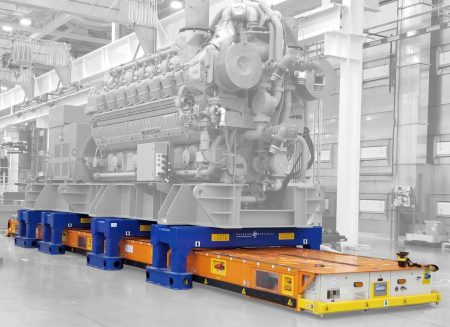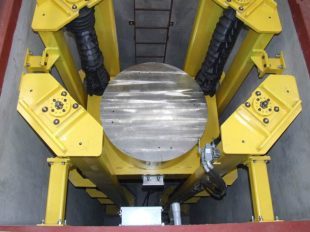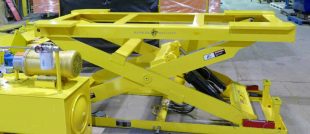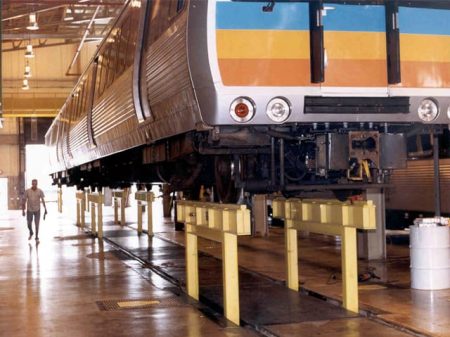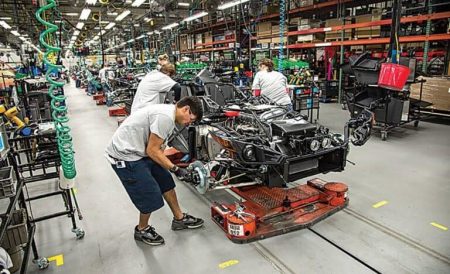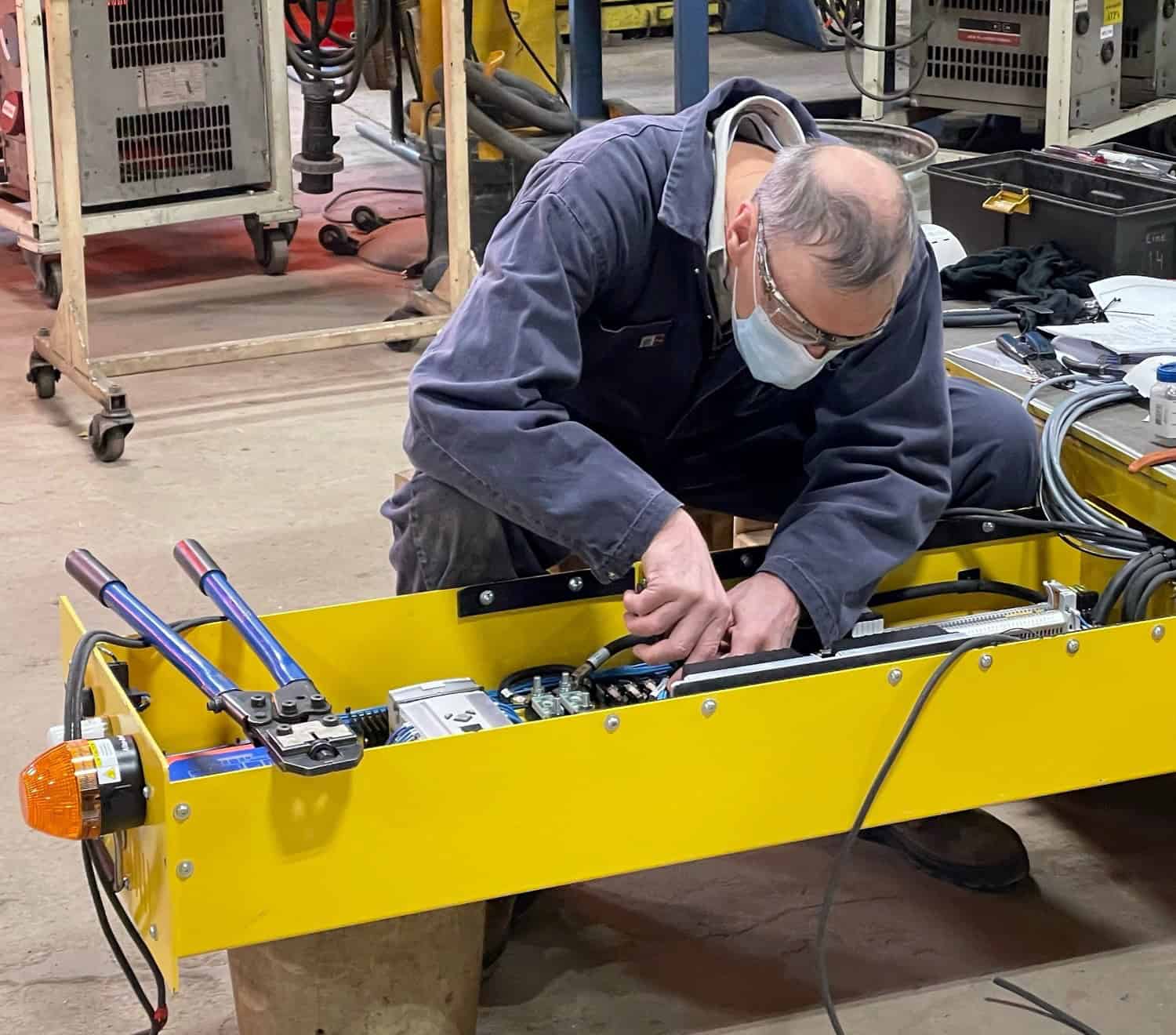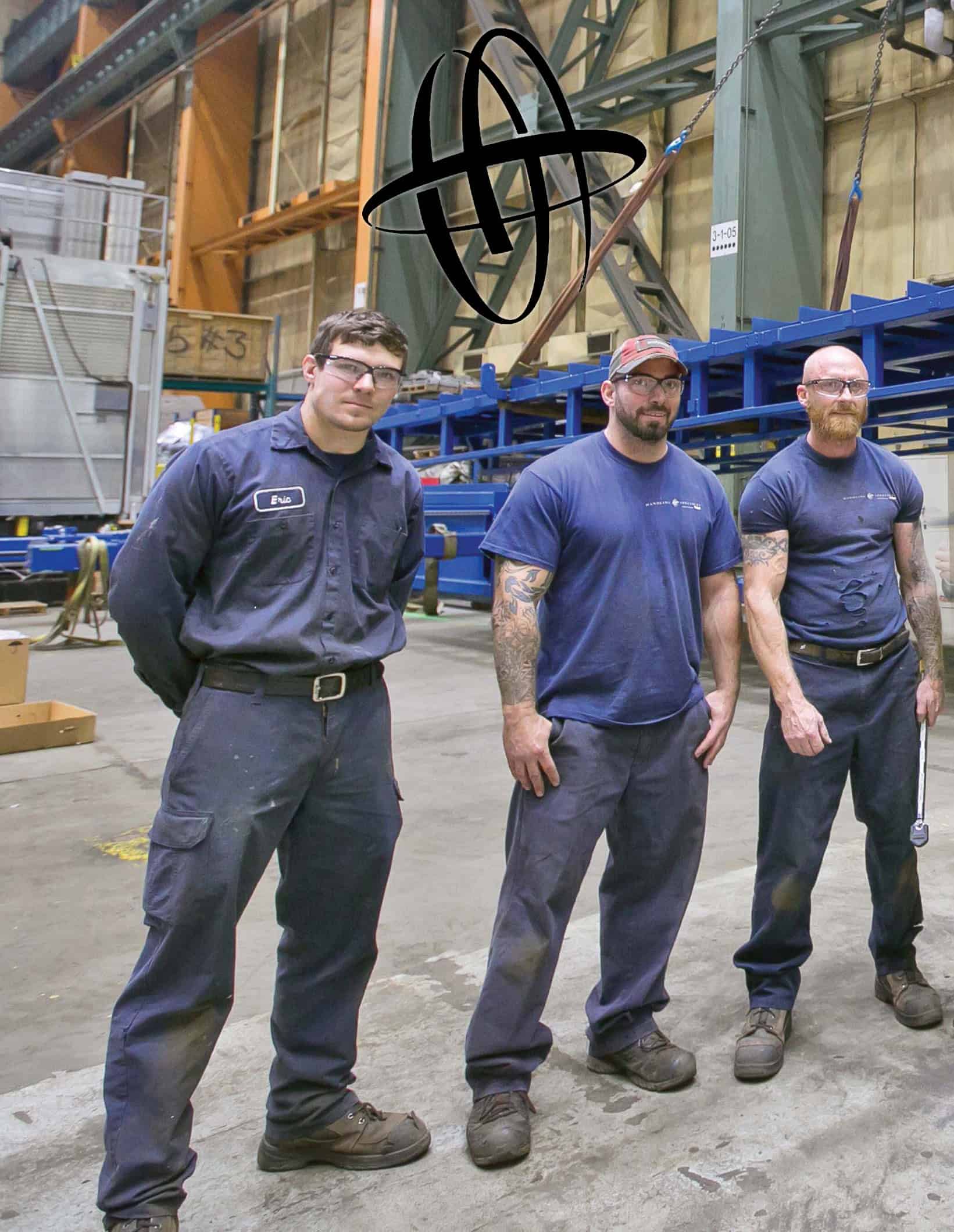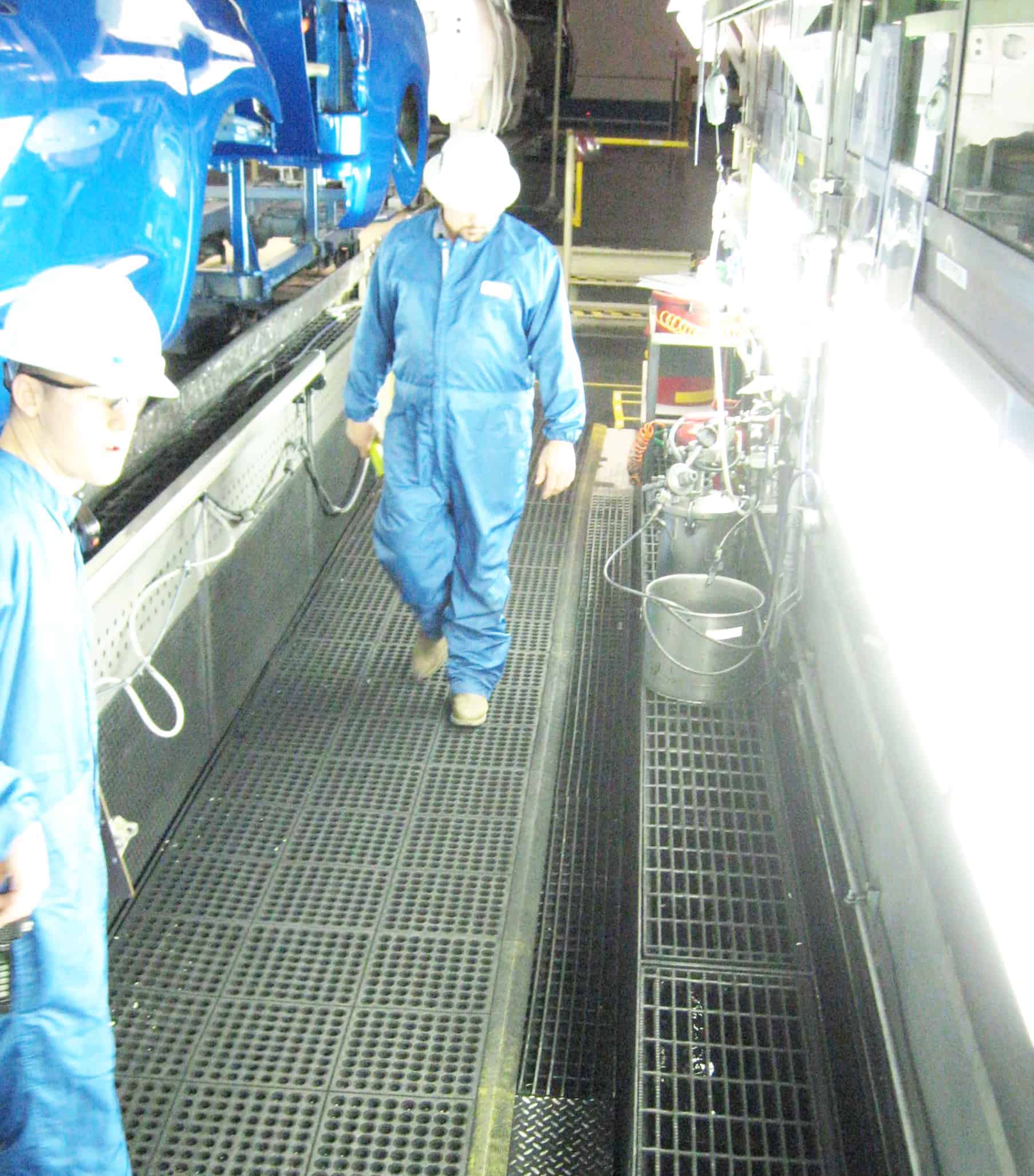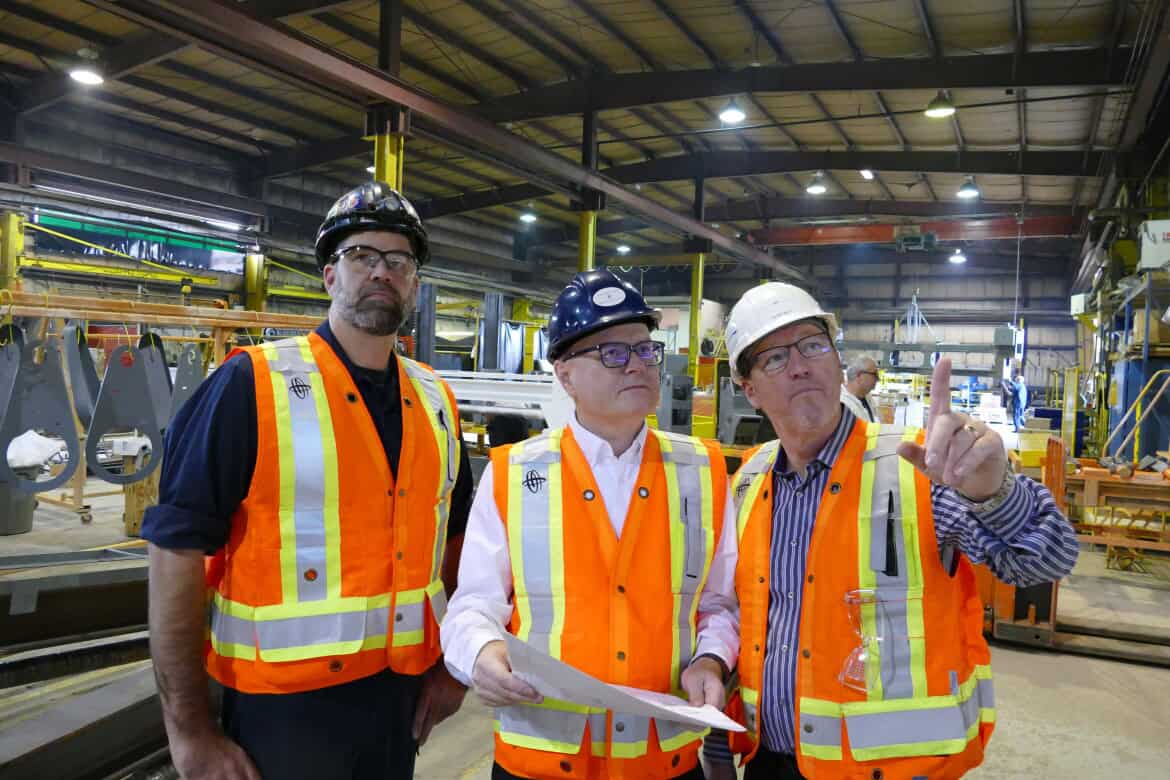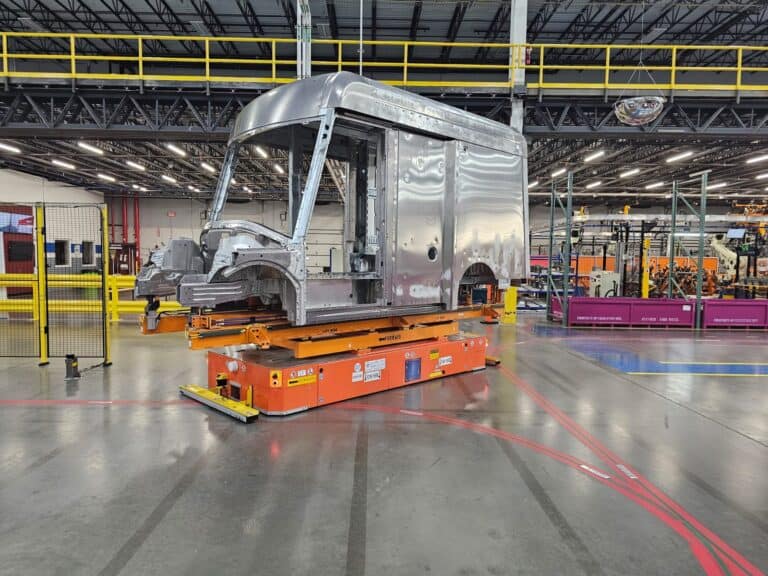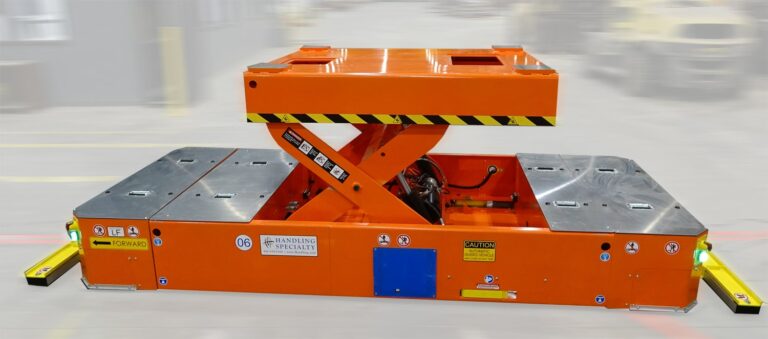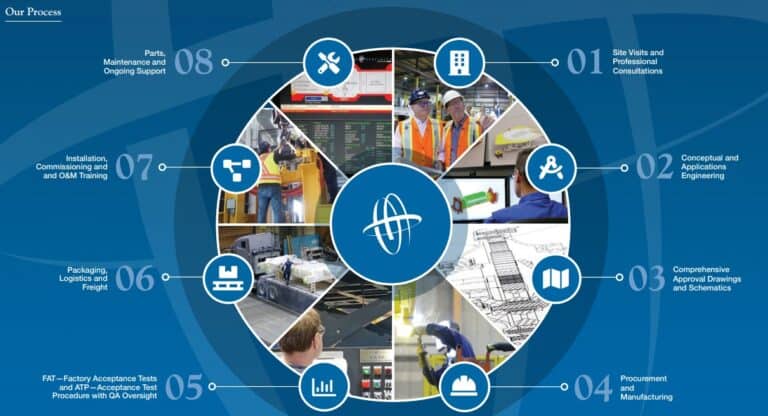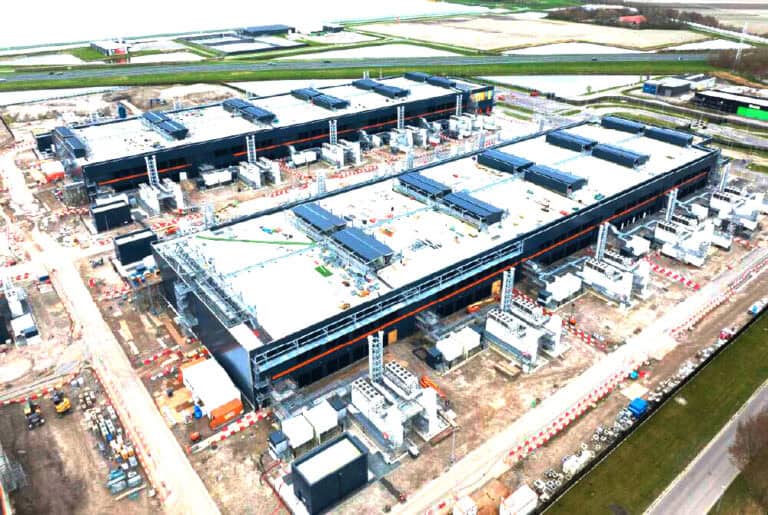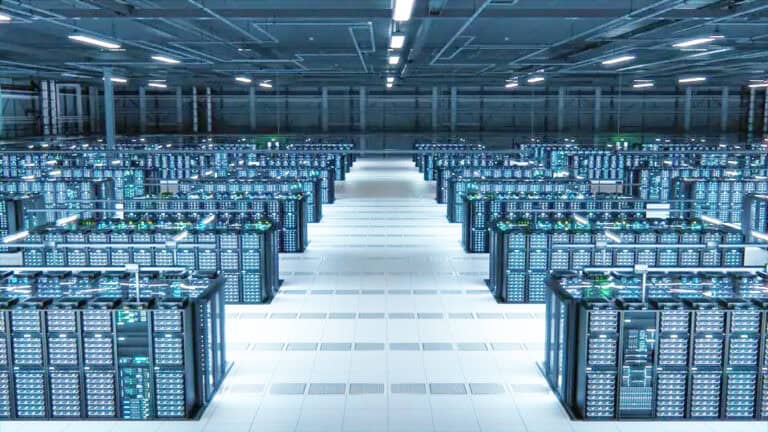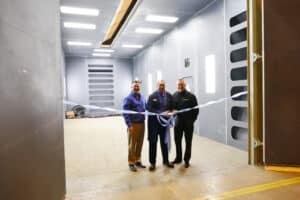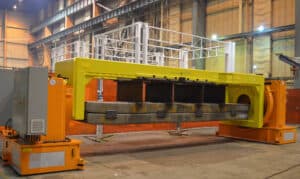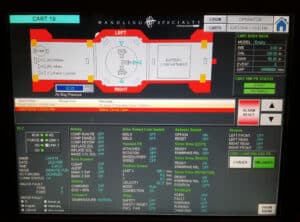In today’s ever-evolving world of technology, companies need skilled and flexible workers to use advanced material handling solutions successfully. Simply buying new equipment is not enough. Businesses must focus on the training and development of their team members. This ensures they have the skills and knowledge to use and take care of these new tools. By creating a company culture that values continuous learning and professional growth, these businesses can lead in material handling innovation, keeping their workforce motivated and engaged.
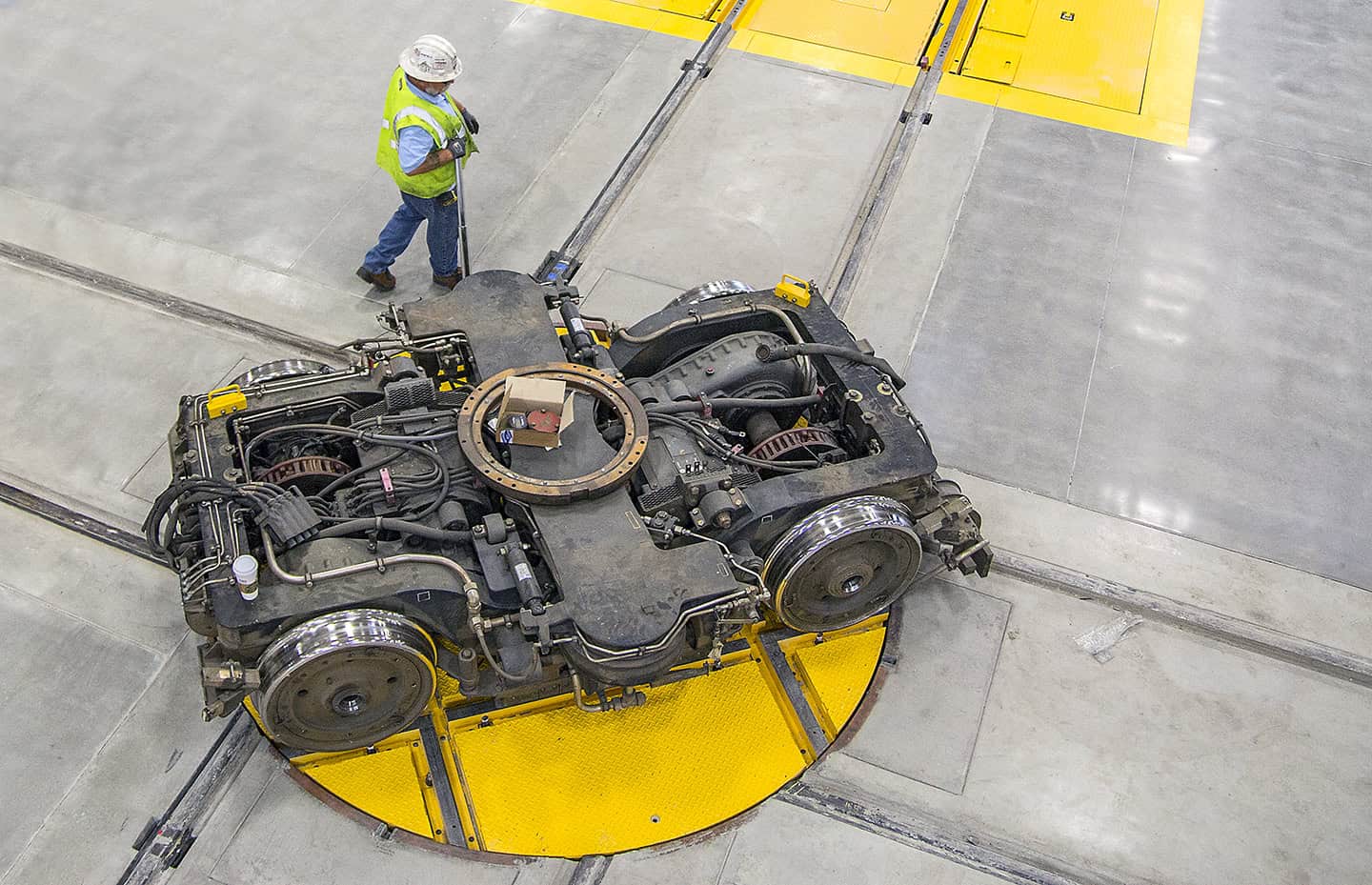
The Importance of Training in Material Handling
Effective custom material handling is essential for many industries. It helps keep operations running smoothly. As businesses use more advanced technology, like automation and robotics, they need skilled workers to adapt to these changes.
Investing in material handling training and development programs not only equips employees with the technical skills to use new equipment but also empowers them to make their workplace safer and more productive with updated technology. This empowerment can lead to better job satisfaction, fewer mistakes, and less downtime. In the end, it can also improve the company’s profits, instilling a sense of confidence and capability in the workforce.

Understanding the Impact of Advanced Material Handling Solutions
The integration of new material handling solutions can significantly improve efficiency. However, it also means employees need to learn new skills. They must be ready to manage these complex systems to keep them safe and running well.
Safety training is essential with custom material handling equipment. Robots, automated guided vehicles, and other advanced tools pose risks if people do not handle them safely. Proper safety rules and training to spot and deal with hazards are key to protecting workers, products, and gear.
Companies can improve employee performance by helping workers learn the new skills needed to use and care for advanced systems. Skilled workers can fix problems quicker, reduce downtime, and improve processes, leading to higher productivity, fewer mistakes, and better overall efficiency in operations.
Adapting to Technological Changes and Industry Standards in Canada
The Canadian manufacturing sector is changing quickly due to new technology. For businesses to stay competitive, they must keep improving and invest in training that meets current industry standards and their specific needs. This means they should keep up with new technologies, laws, and best practices in material handling.
Good training programs give workers the knowledge and tools to adapt to these changes confidently. Tailored training that focuses on the unique challenges of your specific advanced material handling solutions helps create a more flexible workforce.
Also, by providing chances for professional growth and skill upgrades, companies can increase job satisfaction among their staff. This leads to higher employee retention, a more engaged workforce, and a stronger employer brand in the industry.

Identifying Training Needs for Your Workforce
Implementing a good training and development program starts with understanding the skills your workers already have and what they still need to learn. This means doing a skills gap analysis, which helps to find out where training is most important to reaching your current and future goals.
Think about the new equipment you are adding, any changes to the work processes, and how comfortable the workers are with technology. Speaking with your OEM can give you helpful ideas about the training needs of your custom material handling solutions and where extra support is needed.
Types of Training Programs for Material Handling
Material handling involves many activities and technologies. Because of this, training needs to be flexible and diverse. Different training programs can be used based on the needs of your workers and the complexity of the systems.
These programs can include basic onboarding for new employees who are not familiar with advanced material handling. Any new equipment requires training to operate and maintain it, which should come from the Original Equipment Manufacturer.
Onboarding and Orientation for New Technologies
The onboarding process for new employees is fundamental, especially for those new to material handling or who do not know your equipment. It helps them understand the work environment better. Offer detailed orientation programs to teach them the basics of material handling. Also, include your safety rules and the specific technologies you use.
Show new hires the layout of the facility. Explain standard operating procedures and any special equipment they will use. Hands-on training, using real machines or simulating environments, works well. This training helps new employees understand their jobs and build confidence in a safe space.
By giving a complete onboarding experience, companies can make new employees feel welcome and supported. This helps them join the team faster and creates a good start to their journey with the company.

Safety Training for Advanced Equipment and Processes
The use of advanced material handling solutions can improve efficiency. However, it can also bring new safety challenges. Strong safety training programs are important to protect workers and equipment.
These programs should cover several topics, including finding hazards, risk assessment, using personal protective equipment (PPE) correctly, emergency response steps, and safely operating specific machines and technologies. Regular refresher courses and safety checks help ensure that employees stay informed about the latest protocols and best practices, building a culture where safety is important at work.
Focusing on occupational health and safety through robust safety training helps companies lower the chances of accidents and injuries. It also creates a work environment where employees feel safe and valued, fostering a sense of security and boosting employee morale. This, in turn, can reduce absenteeism and improve work performance, allowing employees to focus better on their tasks.
Measuring Training Effectiveness and ROI
Investing in training programs requires a commitment to evaluating their impact and ensuring a positive return on investment (ROI). Establish clear metrics from the outset to measure the effectiveness of your training program. OEMs offer training on all of their equipment solutions.
These metrics might include:
| Metric | Description |
| Knowledge Retention | Assessed through pre and post-training quizzes or tests |
| On-the-Job Performance | Measured by observing changes in work quality, productivity, or error rates |
| Employee Engagement | Gauged through surveys or feedback forms, assessing satisfaction with training content and delivery |
| Safety Incident Reduction | Tracked through incident reports to assess the impact of safety training programs |
Utilize data analytics to track these metrics and gain insights into the impact of training on key performance indicators (KPIs). Analyzing this data allows you to demonstrate the value of training to stakeholders, secure continued investment in employee training and development, and make data-driven decisions to further optimize your training programs for maximum ROI.

The Importance of Developing a Learning Culture
To make your training programs more effective and build a culture of continuous learning at your company, you should create a supportive environment. This environment should value and reward employee development, encourage a growth mindset, and promote knowledge sharing. It is also essential to recognize and reward employees who look for ways to improve their skills.
Help employees find professional development opportunities that fit their interests and the company’s changing needs. You can offer access to online courses, industry conferences, mentorship programs, and tuition reimbursement. These options can help employees grow and develop.
By building a culture of learning, companies can attract and retain top talent. This will drive innovation and help them better respond to the changing needs of the material handling industry, whether in automotive, aerospace, advanced manufacturing, process, rail, iron and steel, or other industries.
Tips for Maintaining and Updating Training Programs
Training programs are not something you set up once and forget about. They need regular care and updates to stay relevant and useful. Create a system to check and update your training content consistently.
Think about new technology, changes in industry rules, feedback from employees, and your organization’s changing needs. By taking a proactive approach to keeping your training programs fresh, you ensure that your workforce has the latest knowledge and skills to succeed in the fast-changing field of material handling.
Proper training and development are essential to prepare workers for safe and efficient material handling operations. You should find and fix skill gaps. Adapting to new technology and planning training programs that fit your team’s needs is also essential. Remember: OEMs for your custom material handling solutions will have training available. This will help improve employee performance and keep safety levels high. Keep up with new trends so your training stays useful and relevant. When you invest in developing your workers, you help your organization run better and prepare for the future in material handling. Stay proactive and make ongoing learning a priority to succeed in your field.
Frequently Asked Questions
What are the key components of an effective training program for advanced material handling?
Effective training programs should focus on skill development. This includes safety training, gaining technical skills, and improving soft skills. It’s important to engage employees with interactive learning methods. Customizing training for different needs is key. Also, providing many chances for practical application is vital for success. Remember: OEMs for your custom material handling solutions will have training available.

